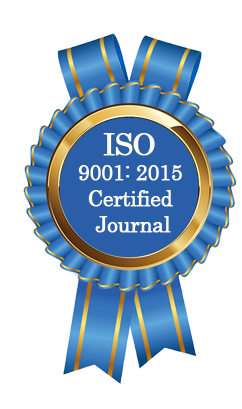| All | Since 2020 | |
| Citation | 105 | 60 |
| h-index | 4 | 4 |
| i10-index | 3 | 2 |
WJAHR Citation 
Login
News & Updation
Best Article Awards
World Journal of Advance Healthcare Research (WJAHR) is giving Best Article Award in every Issue for Best Article and Issue Certificate of Appreciation to the Authors to promote research activity of scholar.
Best Article of current issue
Download Article : Click here
Indexing
Abstract
THE PREVALENCE OF FOOD ALLERGY OF PATIENTS ATTENDING AL-ZAHRAA CENTER FOR ALLERGY AND ASTHMA IN BAGHDAD / AL-KARKH IN 2023
*Noor Mustafa Abdullah and Yousif Abdul Raheem Abdul Ghafoor
ABSTRACT
Background: Food allergy (FA) is a growing global public health concern, characterized by immune responses to specific foods that may cause severe reactions, including anaphylaxis. Limited data exists on the prevalence and characteristics of FA in Iraq, necessitating region-specific studies to inform public health strategies. Objectives: To assess the prevalence, severity, types of food allergens, and associated demographic factors among patients attending Al-Zahraa Center for Allergy and Asthma in Baghdad/Al-Karkh in 2023. Patients and Methods: This cross-sectional study reviewed medical records of (2896) patients who attended Al-Zahraa Center in 2023. Patients underwent IgE blood testing using the POLYCHECK Allergy Diagnostic Kits. Data were analyzed for prevalence, demographic patterns (age, gender), allergen types, seasonal variation, and severity, categorized by IgE antibody concentrations. Results: The prevalence of FA was (22.3%), with adults (74.5%) and females (59.4%) being the most affected groups. Seasonal variation showed the highest prevalence in spring (35.13%) and the lowest in autumn (3.25%). Common allergens included meat mix (32%), banana/mango mix (31.3%), and nut mix (19%). Multi-allergen sensitivities were observed in (43.7%) of cases. Severity was categorized based on IgE levels, with higher concentrations correlating with more severe reactions. Conclusion: FA affects a significant proportion of patients attending Al-Zahraa Center, with distinct demographic and seasonal patterns. The findings highlight the need for targeted management strategies, improved diagnostic resources, public awareness campaigns, and allergen labeling to address the high burden of FA in Iraq effectively.
[Full Text Article] [Download Certificate]
